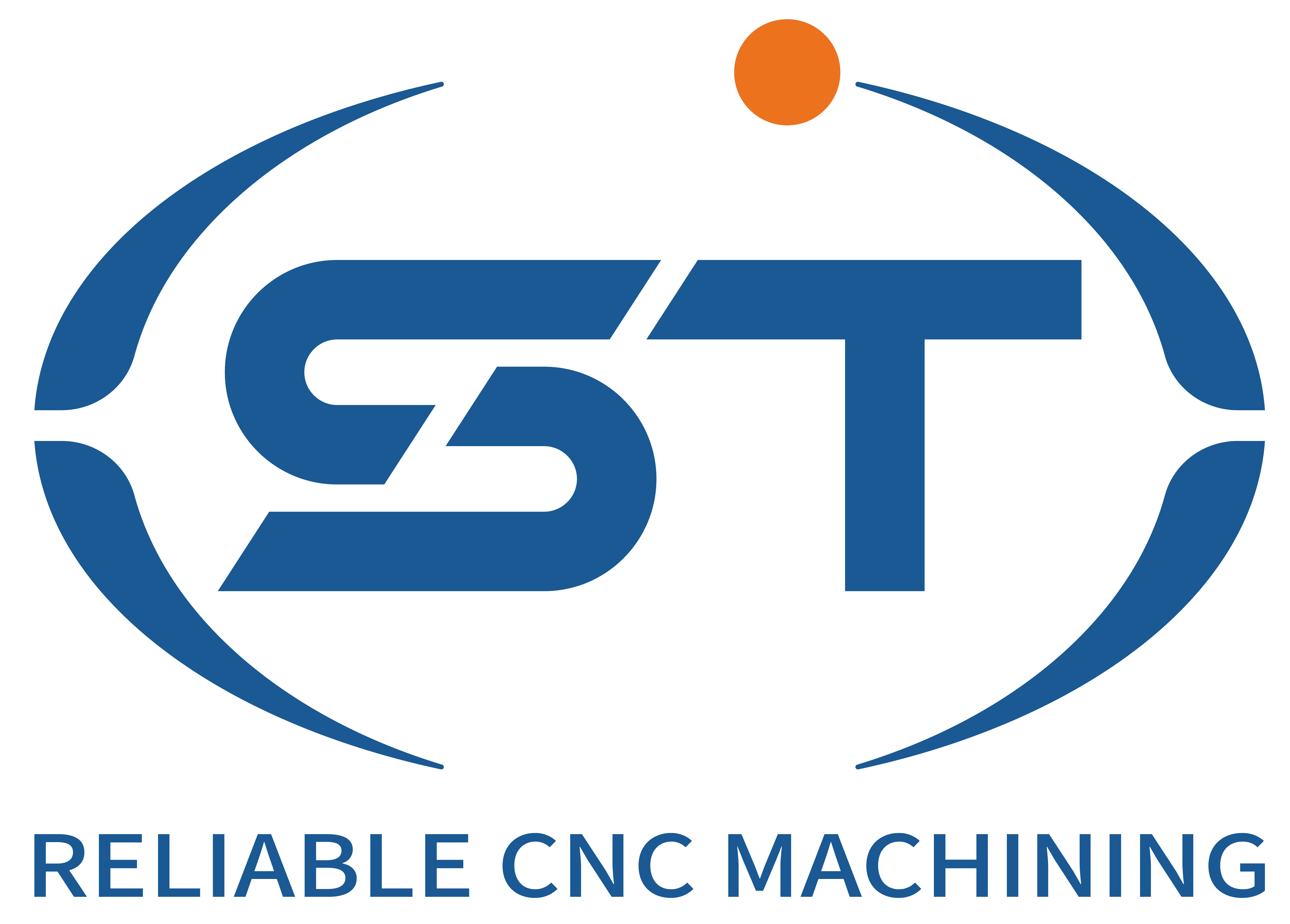The chamfering process methods for CNC machining of automotive parts mainly include the following key points:
Chamfer marking and drawing analysis: Chamfer marking is usually represented by the letter “C”, for example, “C3” indicates a 45-degree chamfer with a length of 3mm (excluding the bevel length). Drawing annotations are generally marked from the intersection of the chamfers. When programming, the starting and ending coordinate values of the chamfers need to be calculated based on the marked dimensions.
Programming method: The direct drawing programming method is adopted. A (chamfer) or R (fillet) is directly added after the G01 command. For example, G01 X_ Z_ A_ is used for chamfering programming, and G01 X_ Z_ R_ is used for fillet programming. The chamfer number after “A” represents the Angle between the chamfer edge and the Z-axis. When programming, it is necessary to pay attention to choosing the Angle with the positive or negative direction of the Z-axis, and add A comma before “a” or “R” according to the machine tool requirements.
Tool selection and clamping: For chamfering, a 90° cylindrical turning tool is generally selected. First, move the tool tip to the extension line of the chamfer, and then let the turning tool turn along the chamfer contour. Tool clamping must be ensured to be stable to avoid vibration or offset during the processing.
Processing parameter setting: According to the material of the part and processing requirements, set the appropriate spindle speed, feed rate and cutting depth. For a 45-degree chamfer, since it is an equal arm (i.e., the movement amounts in the X and Z directions are equal), it is necessary to ensure the accuracy of the movement distance during programming. For non-45-degree chamfers, it may be necessary to calculate the hypotenuse length through trigonometric functions.
Processing process monitoring: During the processing, it is necessary to monitor the cutting status in real time to ensure that the tool moves along the predetermined trajectory and avoid overcutting or undercutting. Meanwhile, pay attention to observing the chip discharge situation and adjust the cutting parameters in time to optimize the processing effect.
Quality inspection and correction: After processing is completed, the chamfer dimensions and surface quality are inspected. If dimensional deviations or surface quality issues are found, the program or cutting parameters should be adjusted in a timely manner for correction.




